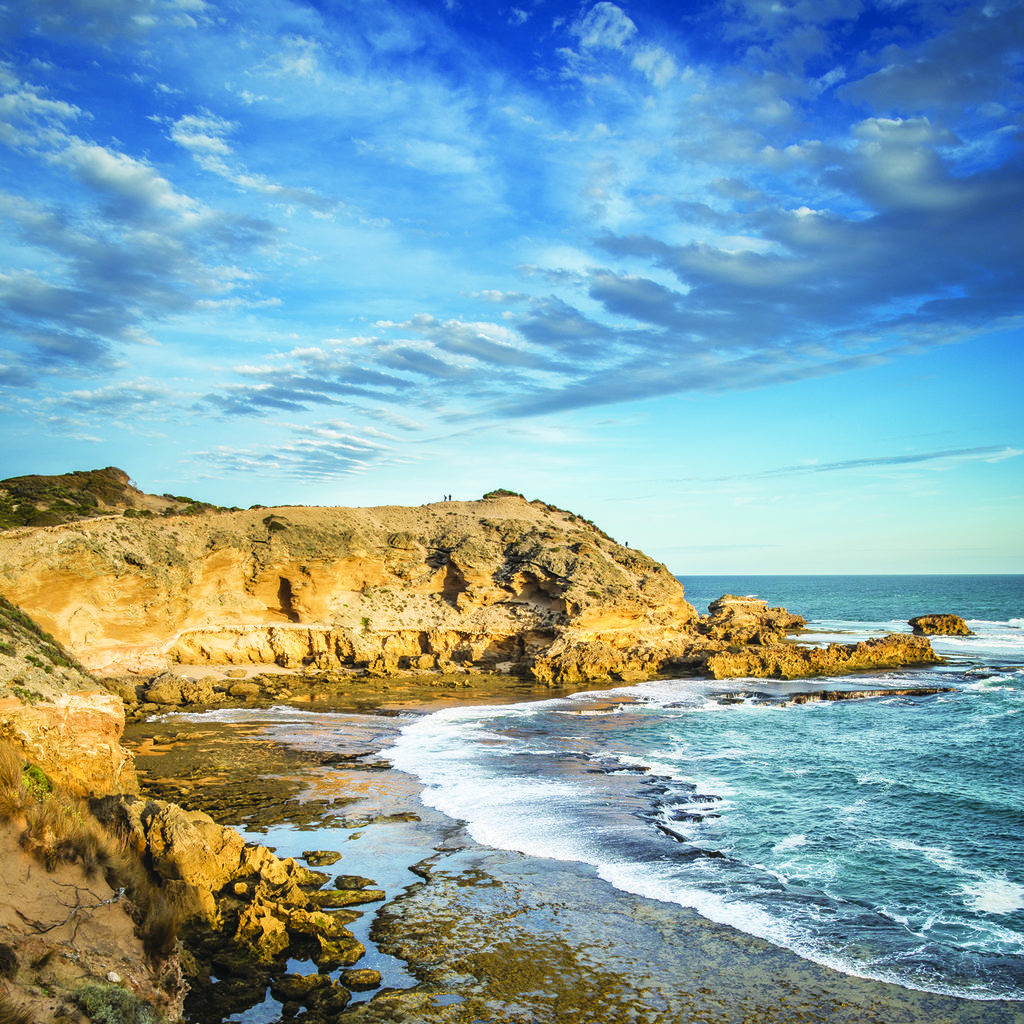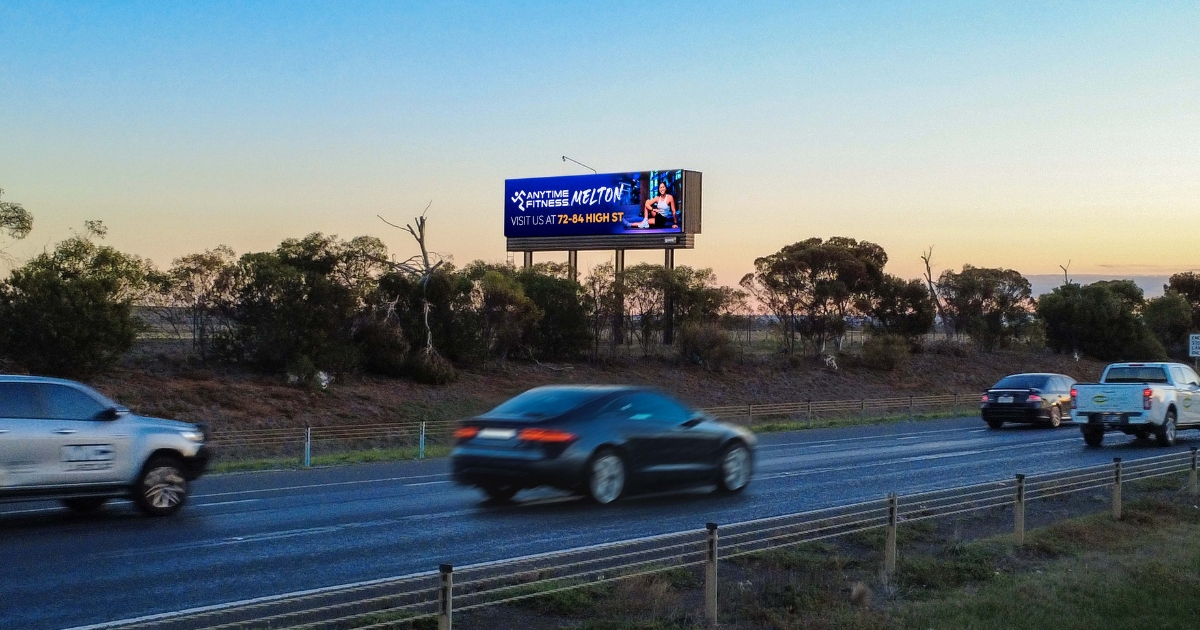Report predicts billions in damage from sea level rise

According to the study, sea level rises and storm surge could cost the Geelong region alone $25 billion in damage.
A NEW study has predicted the impacts of sea level rise and storm surge in Victoria will cause a $442 billion economic loss by the end of the century.
According to the study, led by the University of Melbourne and commissioned by the Victorian Marine & Coastal Council (VMaCC) and Life Saving Victoria, the Geelong region alone would suffer $25 billion in damage.
The research shows that by 2100, almost every community along Victoria’s coastline will be affected.
Residential and commercial areas with the most significant economic impact will be high density areas including Docklands, Port Melbourne and the bay suburbs.
Nearly 40 per cent of the potential economic damages will be sustained by coastal reserves such as public recreational areas along Victoria’s 2,500km coastline – this is the most affected category in the Geelong region, with predicted damage of nearly $6.8 billion.
The report also includes modelling by Climate Risk Pty Ltd focusing on the built environment.
It suggests by 2100, 151,000 Victorian properties (residential, commercial, and key infrastructure) could be at high risk of damage from sea level rise and storm surge.
For example, by 2040, more than 16,000 properties in Southbank will be at high risk of damage. By 2100, this will rise to over 31,000 properties.
Docklands will have more than 3,000 properties at risk by 2040 rising to morethan 37,000 by 2100.
A series of case studies by Climate Risk Pty Ltd, focusing on the Bellarine Peninsula, Wyndham, Williamstown, Hastings and Phillip Island, illustrate the local impact and the potential to reduce the impact through appropriate adaptation.

The report stresses the need to invest today to reduce the long-term economic, social and environmental impact.
“We know that climate change is going to hurt many Victorian communities if we do not act,” VMaCC chair Dr Anthony Boxshall said.
“This rigorous report clearly and comprehensively documents the economic challenges that Victoria’s coastal communities will face from sea level rise and related storm surges.
“Spending on adaptation over the next two decades could help reduce future risk and save significantly on the estimates of future costs.”
In the report, Professor Tom Kompas from the University of Melbourne states the economic damages from sea level rise and storm surge to coastal areas were “more than enough to trigger considerable financial instability for many coastal communities and the state of Victoria itself, not to mention the potential loss of life”.
In response, VMaCC and Life Saving Victoria have called for the establishment of an independent taskforce to develop and promote a vision and operational blueprint to guide Victoria’s response to rising sea levels and related storm surge.
“Our members have observed the discernible influence of rising sea levels on numerous beaches,” Life Saving Victoria chief executive officer Catherine Greaves said.
“This evidence underscores an urgent call to action.
“It is important that we engage in thoughtful preparation to effectively address sea level rise and coastal inundation, thereby mitigating risks, while simultaneously safeguarding the natural allure of our pristine coastline and beaches to ensure we cultivate a safe, sustainable legacy for generations to come.”

















